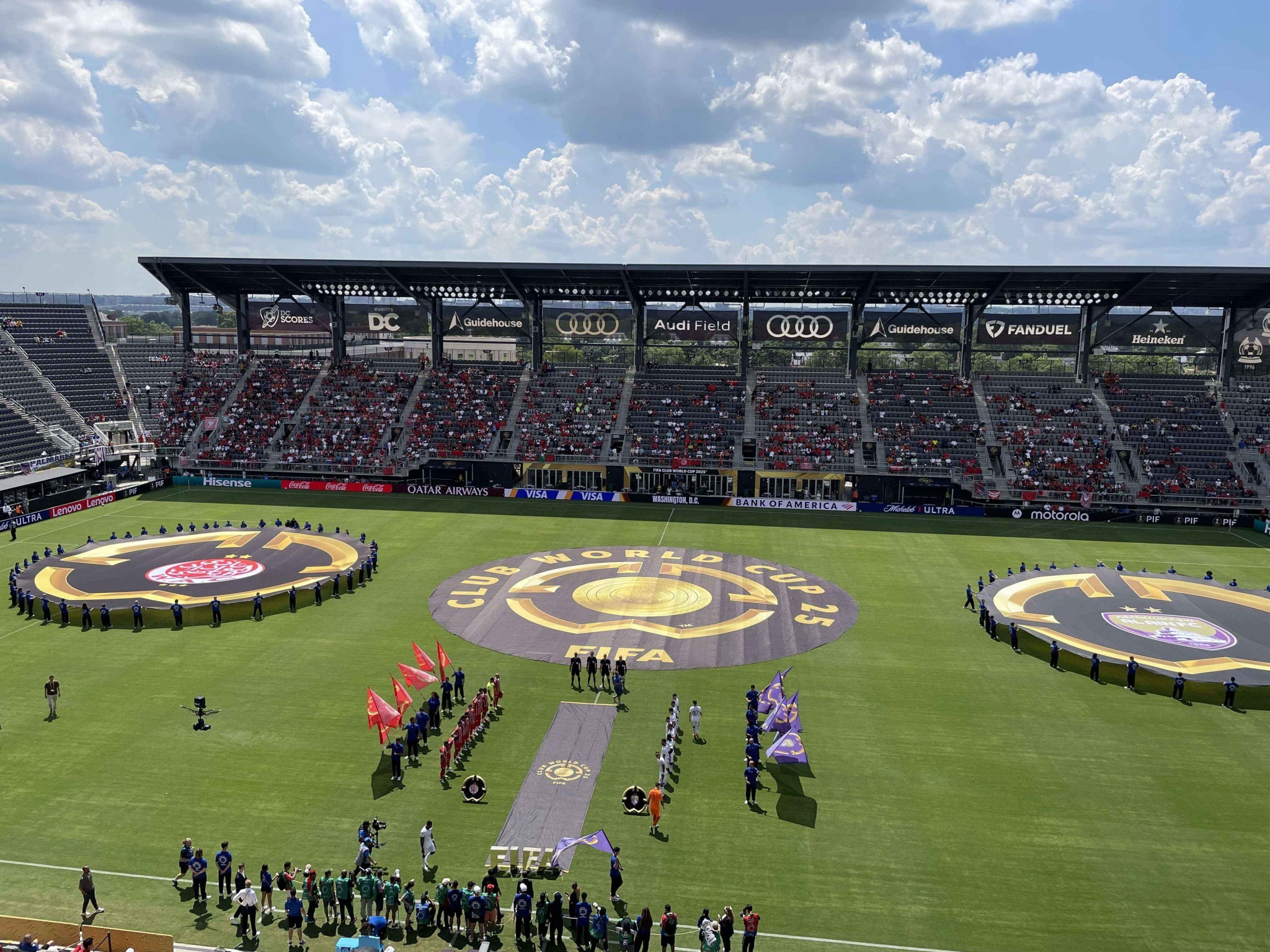Infantino’s Club World Cup: Authentic sporting spectacle or unwanted cash grab?
It’s fair to say that the newly-revised FIFA Club World Cup has attracted a fair deal of attention in the media this summer, and not all of it has been good.
From the bizarre ways in which clubs like Inter Miami ‘qualified’ for the tournament, the half-empty stadiums, and the fact it was scheduled right after Europe’s top clubs had completed a gruelling season, Gianni Infantino’s lovechild hasn’t exactly played out in the way he would’ve hoped.
Held in the United States as a rehearsal for next summer’s FIFA Club World Cup, the tone was set before the tournament even began. Just months ago, virtually no broadcasting companies around the globe were interested in purchasing the television rights.
Up stepped the Saudi Arabian-backed DAZN, who tabled a slightly improved offer of $1 billion to close the television deal. Of course, this had nothing to do with the Saudis being awarded the rights to host the FIFA World Cup in 2034 just a week later.
Given the 57% average attendance across all 48 group stage games, it seems American fanbases haven’t been entirely enthusiastic about turning up to support their teams live, either.
Still, it meant that tickets were only $25 when I found myself in Washington, D.C. during the last week of June. It wasn’t exactly what you’d call a heavyweight tussle, as the game was between two teams I’d never heard of, who had already been eliminated.
Even in temperatures that reached 34°C, the Wydad ultras didn’t stop jumping and singing all game
Facing off were Wydad Casablanca and Abu Dhabi outfit Al Ain, both having qualified for this summer’s tournament through recent victories in their respective continental Champions Leagues, so at the very least it promised an intriguing experience.
But what was the Club World Cup experience all about?
Very few English fans of the Premier League’s two competing clubs, Chelsea and Manchester City, ended up travelling in support, owing to both fanbases already shelling out on attending deep domestic and European runs during a season that finished just weeks ago.
The same, though, could not be said of the Moroccans, who comprised the vast majority of the 10,705 fans in attendance at D.C. United’s Audi Field. The sea of both Wydad and Moroccan national team jerseys, alongside the number of red flares and smoke bombs lit as their ultras marched down Potomac Avenue, made for quite a spectacle.
Even in temperatures that reached 34°C, the Wydad ultras didn’t stop jumping and singing all game.
The Moroccans were rewarded for their efforts after just four minutes as South African winger Cassius Mailula opened the scoring. Spurred on by the thunderous support, left-back Ayoub Boucheta came very close to a second for Wydad soon after.
No less than six games (so far) have been severely delayed by inclement weather, with many of chosen host venues experiencing frequent, heavy thunderstorms
Given the heatwave faced by much of the eastern United States that week, it was soon time for both teams to take a hydration break. That was fine for the players, but not so much for the thousands of fans in attendance who had to cough up an unbelievable $7 for a bottle of water.
This brief pause in play, unusual to most football fans outside of North America, was marked by yet another quintessential American sporting tradition. Luckily, the obvious looks of disgust on the faces of the European-style ultras when the stadium announcer’s ‘dance cam’ appeared on screen means it’s unlikely such fruitless attempts to ‘Americanise’ fan culture will be repeated when the likes of England come to town in 2026.
Unfortunately, these minute-long hydration breaks only scratch the surface when it comes to weather-related issues this summer. No less than six games (so far) have been severely delayed by inclement weather, with many of the chosen host venues experiencing frequent, heavy thunderstorms this time of year.
Al Ain finally arrived at the party as the game restarted. A would-be equaliser was immediately disallowed for offside, but the Abu Dhabi outfit tied the game before half-time as striker Kodjo Laba found the top corner from the penalty spot.
European participants haven’t seemed too bothered, although that’s mostly down to farcical planning and the tournament taking place immediately after their league campaigns
Laba made sure to celebrate right in front of the Wydad ultras, and was duly showered in plastic bottles and whatever else the aggrieved supporters could get their hands on. Given their slightly bemused reaction, it was fairly obvious the average American steward doesn’t have to deal with this sort of crowd behaviour on the regular.
Just minutes after the interval, Al Ain playmaker Kaku curled an effort from the edge of the box to complete his team’s comeback. The goal stood after a lengthy video review, and the vastly outnumbered travelling Al Ain contingent could now be heard.
The remainder of the encounter played out without event as both sides inevitably tired in the D.C. humidity. Despite everything seemingly going against it, the game as a whole proved a hugely captivating encounter.
Hoping to send their respective travelling fans home with a performance to be proud of, the game meant a lot to both teams. The same can also be said of most South American outfits who took part, with the likes of Botafogo and Palmeiras impressing against European opposition.
It’s just a shame that many of the European participants haven’t seemed too bothered, although that’s mostly down to farcical planning and the tournament taking place immediately after their league campaigns had just come to an end.
Infantino’s revised Club World Cup is a fantastic idea in principle, but one executed terribly. If the questionable politics, endless weather delays, and extortionate concession prices are anything to go by, then next year’s World Cup could be a disaster.

Comments